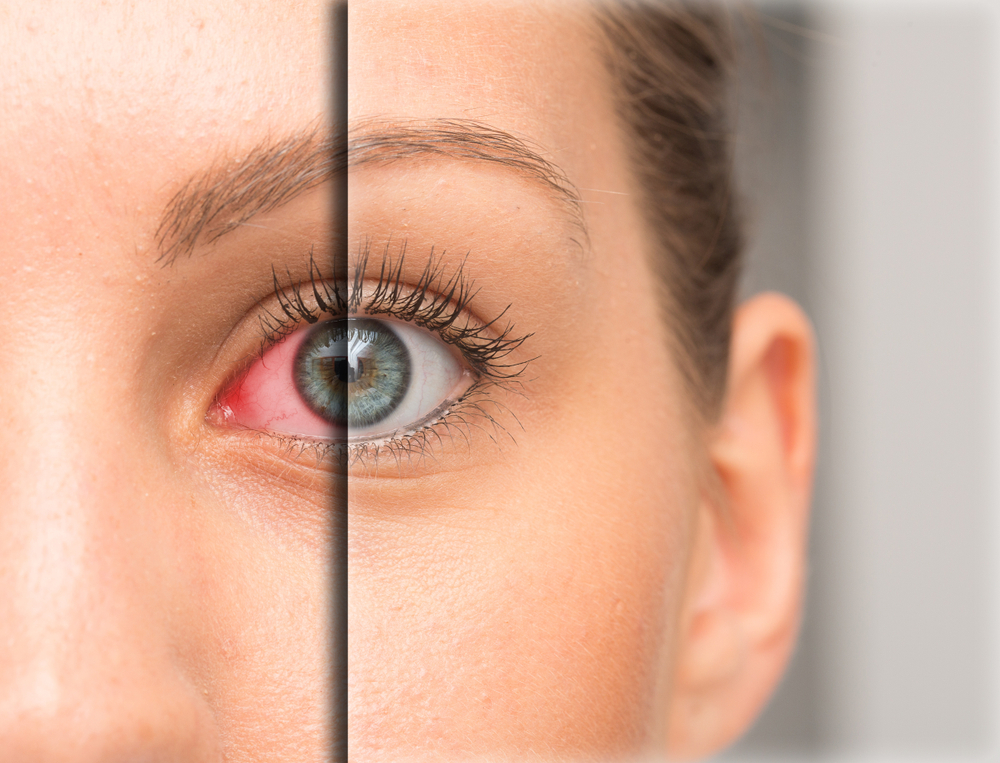
When you face the discomfort of dry, itchy, or burning eyes, it's more than just a fleeting irritation—it can be a constant battle that affects your daily life. Chronic dry eye is a condition that occurs when your eyes are unable produce enough tears, or the tears evaporate too quickly, leaving your eyes inadequately lubricated. This condition can lead to inflammation and even damage the surface of your eyes if left untreated.
What Causes Chronic Dry Eye?
A critical component often overlooked in chronic dry eye is the role of the meibomian glands. These tiny glands located in your eyelids produce oils that are essential for maintaining a healthy tear film. When these glands don't function properly, a condition known as meibomian gland dysfunction (MGD) occurs, leading to rapid tear evaporation and dry eye symptoms.
MGD is one of the most common causes of chronic dry eye, yet it frequently goes undiagnosed. The blockage or atrophy of these glands can result in a deficiency of the oily layer of your tears, causing your tears to evaporate too quickly. This can lead to a continuous cycle of irritation and inflammation in your eyes.
Another primary cause is the natural aging process, especially during and after menopause, where hormonal changes can affect tear production. Additionally, certain medications such as antihistamines, decongestants, and blood pressure medications can reduce tear secretion. Environmental conditions, such as exposure to smoke, wind, or dry climates, can also exacerbate tear evaporation.
Recognizing the Symptoms of Chronic Dry Eye
Identifying the symptoms of chronic dry eye is the first step in seeking relief. The symptoms can range from mild to severe and can significantly impact your ability to carry out daily activities. Common indicators include a persistent dry sensation, a feeling of something gritty in your eyes, and episodes of excess tearing followed by very dry periods.
You might also experience redness, blurred vision, and sensitivity to light. Another telltale sign is discomfort when wearing contact lenses, which may become intolerable as the condition progresses. Eye fatigue is also common, especially after reading or working on a computer for extended periods, as these activities can decrease your blinking rate and exacerbate dryness.
Ways to Alleviate Chronic Dry Eye Symptoms
Alleviating the symptoms of chronic dry eye can significantly improve your quality of life. There are several straightforward measures you can take to ease your discomfort. First, consider incorporating artificial tears into your routine. These over-the-counter eye drops help supplement your natural tear production and can provide immediate, though temporary, relief.
Another effective strategy is applying a warm compress to your eyes. The warmth can help unblock meibomian glands, promoting better oil flow into your tears and reducing evaporation. Gently massaging your eyelids after applying the compress can further assist in unclogging these glands.
Additionally, increasing your intake of Omega-3 supplements can have a beneficial effect. These essential fatty acids are known to support eye health and may improve the function of the meibomian glands. Ensuring a well-balanced diet rich in Omega-3s, found in fish and flaxseed, can be an easy and natural way to combat dry eye symptoms.
Exploring Treatment Options for Chronic Dry Eye
When self-help measures are not enough, it's time to explore further treatment options. A comprehensive approach to managing chronic dry eye often involves a combination of therapies tailored to your specific needs. Prescription medications such as anti-inflammatory eye drops can reduce corneal inflammation and increase tear production, providing more long-term relief than artificial tears.
For those seeking more advanced treatment, punctal plugs, prescription drugs such as Restasis or Xiidra, and innovative solutions such as Regenerize offer promising benefits. Punctal plugs are a minimally invasive option that involves inserting tiny devices into the tear ducts to slow the drainage of tears, helping to maintain moisture on the eye's surface.
Restasis and Xiidra are prescription eye drops designed to treat the underlying inflammation that contributes to chronic dry eye. Restasis helps increase your eyes' natural ability to produce tears, while Xiidra targets specific inflammatory processes. Both medications require consistent use over time to see improvement. Regenerize is a newer treatment that harnesses the power of biologics to promote eye health.
Schedule Your Dry Eye Evaluation with Lotus Eyecare Today
Living with chronic dry eye can be challenging, but understanding the condition and exploring various treatment options can lead to significant improvements. It's essential to work closely with your optometrist to develop a personalized management plan. With the right approach, you can alleviate your symptoms, protect your vision, and enjoy a higher quality of life.
For further guidance on chronic dry eye management or to schedule your dry eye evaluation, visit Lotus Eyecare at our office in Frisco, Texas. Please call (972) 334-9095 to book an appointment today.








